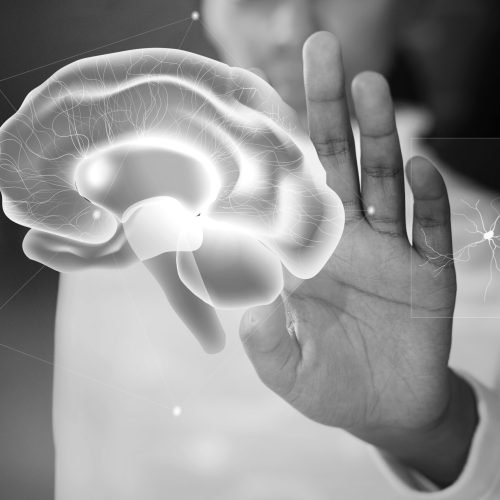Harnessing the Power of Applied Neuroplasticity: Rewiring Your Brain for Positive Change

Understanding the Neural Landscape: Patterns of Thought and Habit
Our brains are incredible machines, composed of 86 million neurons constantly firing and connecting in intricate patterns. Each day, we generate an astonishing 60,000 to 80,000 thoughts, with a staggering 80% of them leaning towards the negative. What’s more, 95% of these thoughts are repetitive, creating deep grooves in our neural pathways. But here’s the catch: every time we repeat the same negative thought, we reinforce those pathways, making it more likely to occur again.
But fear not, because there’s good news: our brains are highly adaptable. The pathways in our brains are like grooves that can be reshaped and rewired through repeated practice and learning. Just as we strengthen muscles through exercise, we can cultivate new, constructive thought patterns through consistent effort and commitment.
Carving New Pathways: Cultivating Constructive Thought Patterns
Habitual thoughts form neural pathways, but by consciously choosing constructive thoughts and repeating them consistently, we can create new pathways in our brains. It’s akin to carving a new path through a dense forest; with each step, the path becomes clearer and easier to follow. Neuroplasticity—the brain’s ability to change its physical structures and functions in response to repeated experiences and learning—empowers us to break free from negative cycles and forge new paths towards positivity and growth.
Did you know that our brains are capable of producing enough electricity to power a lightbulb? This remarkable feat underscores the immense power and potential within each of us. The principle of “neurons that fire together, wire together” illustrates how our repeated thoughts and actions shape our brain’s architecture and functioning.
Resilience and Adaptation: Neuroplasticity in Recovery
Neuroplasticity also enables remarkable feats of recovery and adaptation. In cases of brain injury or damage, the brain can reorganize itself by relocating functions from the affected area to other healthy regions—a phenomenon known as neuroplasticity.
What’s more, a staggering 95% of our decisions take place in our subconscious minds, highlighting the profound influence of our thought patterns on our behaviour and choices. By harnessing the principles of applied neuroplasticity, we can unlock the full potential of our brains and cultivate a mindset of resilience, positivity, and growth.
So, the next time you find yourself stuck in a negative thought pattern, remember you have the power to rewire your brain and create a brighter, more fulfilling future. It takes practice, commitment, and a belief in the incredible capabilities of your mind.
Author: Kathy Hughes
Image: Freepik
